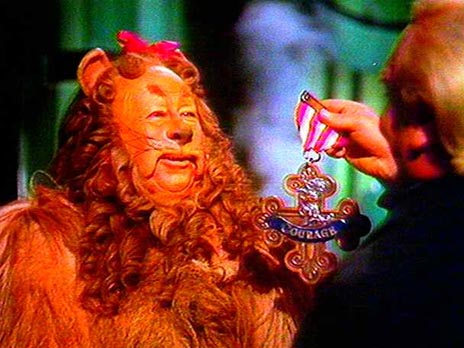The delay in using colour came from the dominant position held by Technicolor, who was an industry leader of colour film in the United States. The company protected its market position through strict secrecy and contracting out the equipment and operators placing great restrictions on the production process while refusing to directly challenge the studio's control over the production sphere.
There were three main changes to the industry between the period of the 1940s to the 1950s enabling the growth of colour film production:
- In 1947 Technicolor were successfully charged with restraint of trade through a anti-trust suit;
- In 1949 Eastman Kodak opened a range of new commercial processes through his development of the single strip colour process and printing film stock;
- The film industry needed to find ways to compete with the pressures of television
Further information about Technicolor can be located in:
Steven Neale's Cinema and Technology: Image, Sound, Colour
London:MacMillan, 1985, pp 129-144

No comments:
Post a Comment